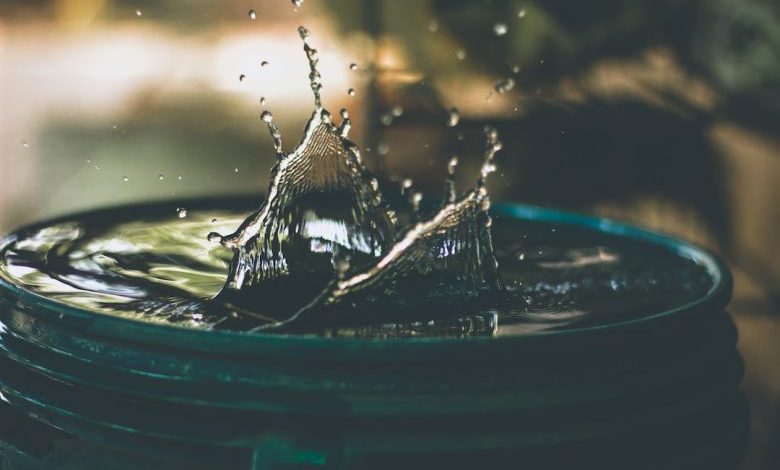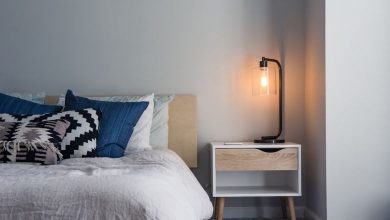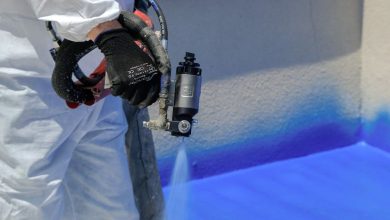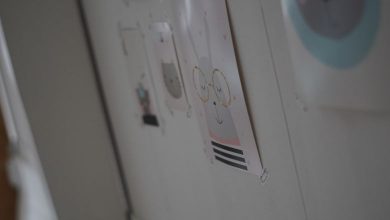How to Prevent Water Damage in My Basement?

Water damage in the basement can be a major headache for homeowners. It can lead to mold growth, structural damage, and damage to personal belongings. Fortunately, there are steps you can take to prevent water damage in your basement. In this article, we will discuss some effective strategies to keep your basement dry and free from water damage.
Identify and Fix Any Plumbing Issues
One of the first things you should do to prevent water damage in your basement is to identify and fix any plumbing issues. Check for leaks in your pipes, faucets, and water heater. Pay close attention to any signs of water stains, moisture, or musty odors. If you notice any of these signs, it is important to address the issue as soon as possible. Repairing any plumbing issues promptly can help prevent water damage in your basement.
Install a Sump Pump
Installing a sump pump is another effective way to prevent water damage in your basement. A sump pump is a device that helps remove water that accumulates in the basement. It is typically installed in a pit or sump basin and activates when water reaches a certain level. The sump pump then pumps the water away from your home’s foundation. This can help prevent water from seeping into your basement and causing damage.
Ensure Proper Drainage
Proper drainage is crucial in preventing water damage in your basement. Make sure that the ground around your home slopes away from the foundation. This will help prevent water from pooling near the basement walls. Additionally, keep your gutters and downspouts clean and free from debris. This will ensure that rainwater is directed away from your home instead of seeping into the basement.
Seal Cracks and Gaps
Cracks and gaps in your basement walls and floors can be entry points for water. To prevent water damage, it is important to seal these cracks and gaps. Use a waterproof sealant to fill in any cracks or gaps in the basement walls and floors. This will help create a barrier against water infiltration. Pay close attention to areas where pipes or wires enter the basement, as these are common areas for cracks and gaps to form.
Install Window Well Covers
If your basement has windows, installing window well covers can be beneficial in preventing water damage. Window well covers are designed to keep water, debris, and pests out of window wells. They help prevent water from entering the basement through the windows during heavy rainfall or melting snow. Window well covers are typically made of durable materials such as polycarbonate or metal. They are easy to install and can provide added protection for your basement.
Monitor Humidity Levels
High humidity levels can contribute to water damage and mold growth in the basement. To prevent this, it is important to monitor and control humidity levels. Use a dehumidifier to remove excess moisture from the air. Set the dehumidifier to a level that keeps the humidity between 30% and 50%. Regularly check the humidity levels in your basement and adjust the dehumidifier as needed.
Perform Regular Maintenance
Regular maintenance is key to preventing water damage in your basement. Inspect your basement regularly for any signs of water damage, leaks, or mold growth. Clean and maintain your gutters and downspouts to ensure proper water drainage. Check your sump pump to make sure it is working effectively. By staying proactive and performing regular maintenance, you can catch and address potential issues before they lead to water damage.
Conclusion: Keep Your Basement Dry and Protected
Preventing water damage in your basement requires proactive measures and regular maintenance. By identifying and fixing any plumbing issues, installing a sump pump, ensuring proper drainage, sealing cracks and gaps, installing window well covers, monitoring humidity levels, and performing regular maintenance, you can keep your basement dry and protected. Taking these steps will not only save you from the headaches and expenses of water damage but also help preserve the integrity of your home.




